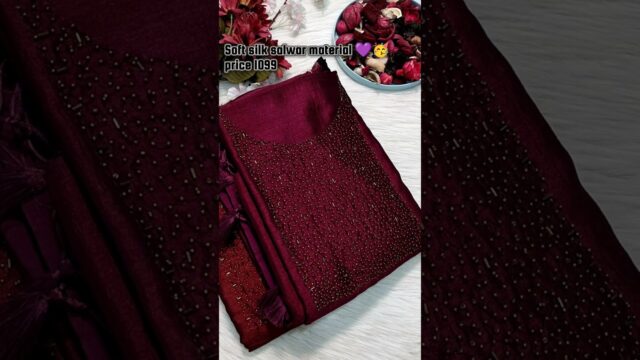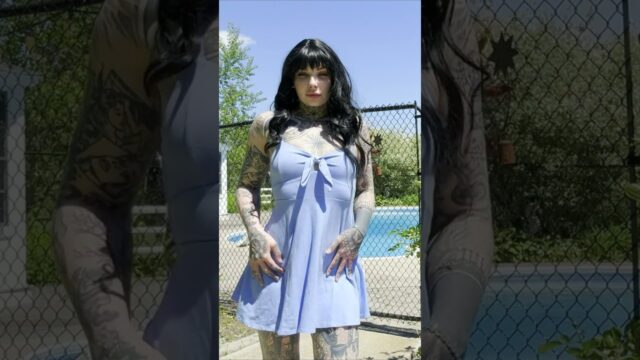100 Years of Banned Fashion | Glamour
197KAs I sit down to watch the video titled “100 Years of Banned Fashion” by Glamour, I can’t help but be intrigued by the concept. Fashion has always been a form of self-expression and creativity, but throughout history, certain styles and trends have been deemed controversial or inappropriate. This video promises to take me on a journey through 100 years of banned fashion, exploring the societal norms and cultural attitudes that have shaped the way we dress.
As the video begins, I am immediately captivated by the stunning visuals and engaging narration. The host introduces us to the concept of banned fashion and explains how clothing has often been used as a tool to control and oppress individuals. From the restrictive corsets of the early 20th century to the provocative mini skirts of the 1960s, fashion has always been a battleground for social change and rebellion.
One of the first examples of banned fashion featured in the video is the flapper dress of the 1920s. This iconic style, characterized by its loose silhouette and raised hemline, was seen as scandalous and defiant by conservative society. Women who dared to wear the flapper dress were often met with harsh criticism and even arrested for indecent exposure. However, as the host points out, the flapper dress marked a turning point in women’s liberation and paved the way for greater sartorial freedom.
Moving on to the 1940s and 1950s, the video explores the controversial trends of the era, including the rise of pin-up girls and rockabilly fashion. These styles were often seen as too provocative or suggestive, leading to bans and restrictions in certain areas. However, as the host explains, these trends were a reflection of changing attitudes towards sensuality and femininity, challenging traditional gender roles and expectations.
The 1960s and 1970s saw a wave of rebellious fashion movements, from the psychedelic prints and paisley patterns of the hippie era to the bold colors and geometric shapes of mod fashion. These styles pushed boundaries and defied conventions, leading to bans and censorship in some communities. As the host notes, these trends were a reflection of the social and political upheaval of the time, as young people embraced new forms of self-expression and identity.
One of the most striking examples of banned fashion featured in the video is the punk movement of the 1980s. Characterized by its DIY ethos and anti-establishment attitude, punk fashion was a direct challenge to the status quo. From safety pins and ripped clothing to provocative slogans and graphic prints, punk style was a defiant stance against conformity and consumerism. As the host observes, punk fashion was not just about clothes; it was a powerful form of protest and rebellion.
As the video reaches the present day, the host reflects on the changing landscape of fashion and the continued relevance of banned trends. From body-positive movements to gender-fluid fashion, today’s designers are pushing boundaries and challenging norms in new and innovative ways. As the host concludes, fashion will always be a form of self-expression and empowerment, a way to defy expectations and celebrate individuality.
Watching “100 Years of Banned Fashion” by Glamour has been a thought-provoking and inspiring experience. The video has shed light on the ways in which fashion has been used as a tool for social change and resistance throughout history. From the rebellious flapper dresses of the 1920s to the provocative punk styles of the 1980s, banned fashion has always been a powerful form of expression and defiance. As I reflect on the journey through 100 years of fashion, I am reminded of the enduring power of clothing to shape our identities and challenge the status quo.










